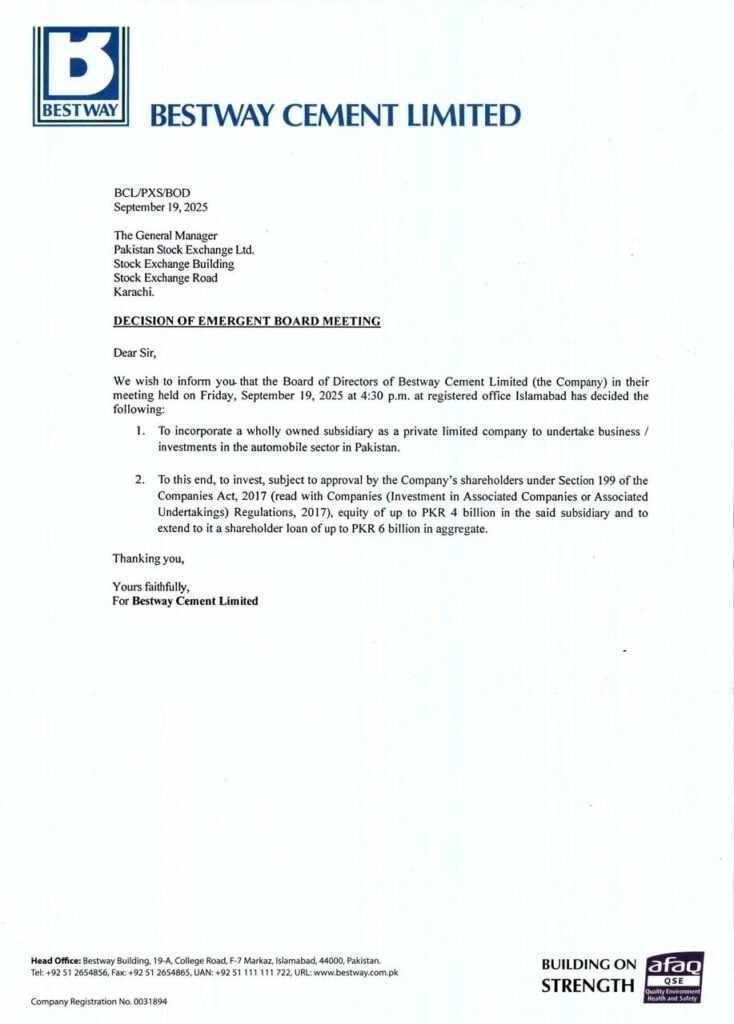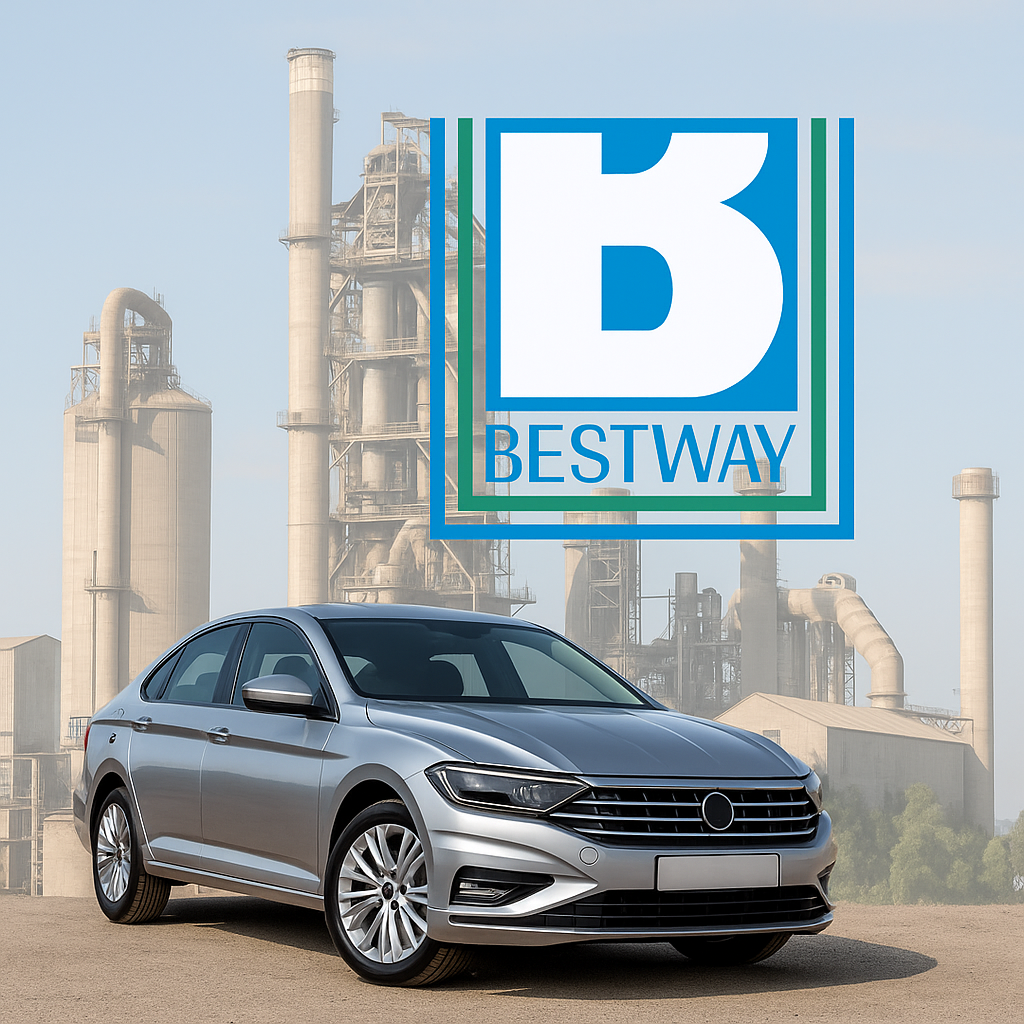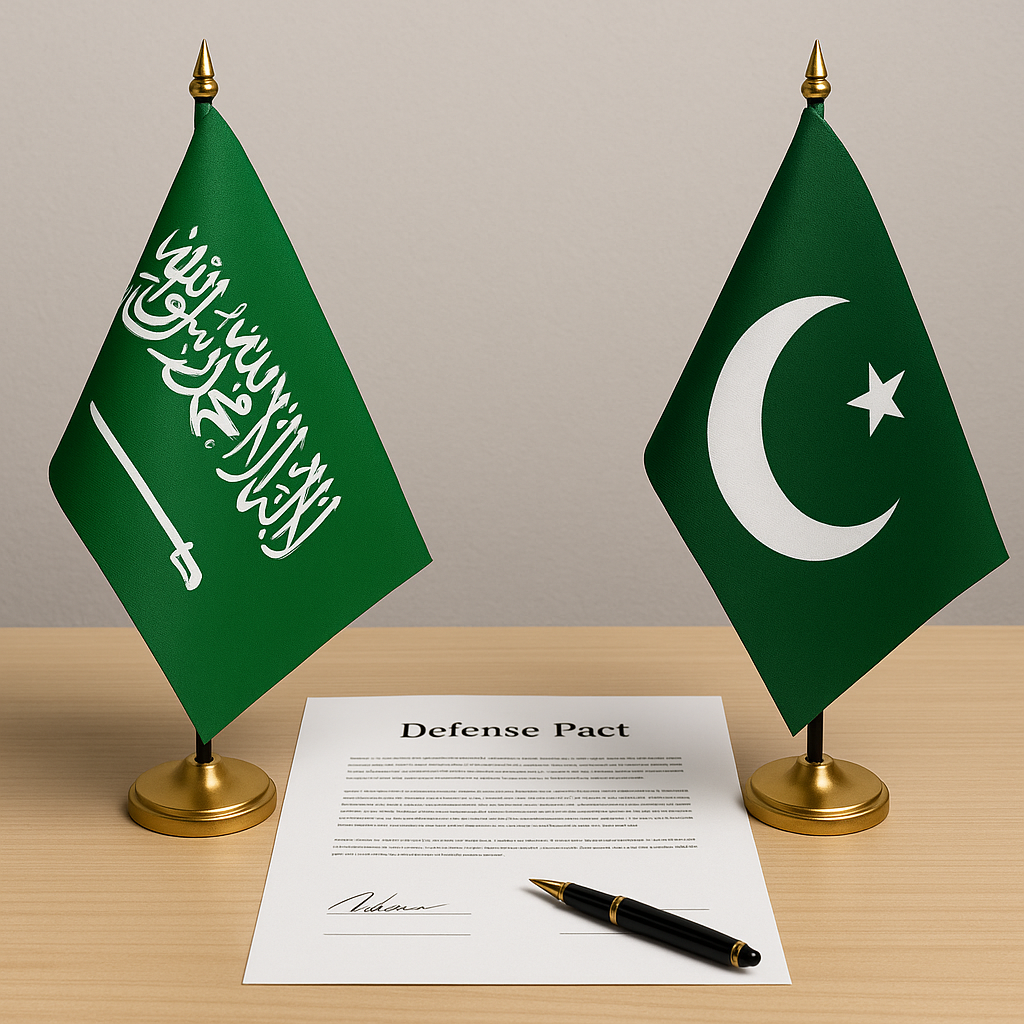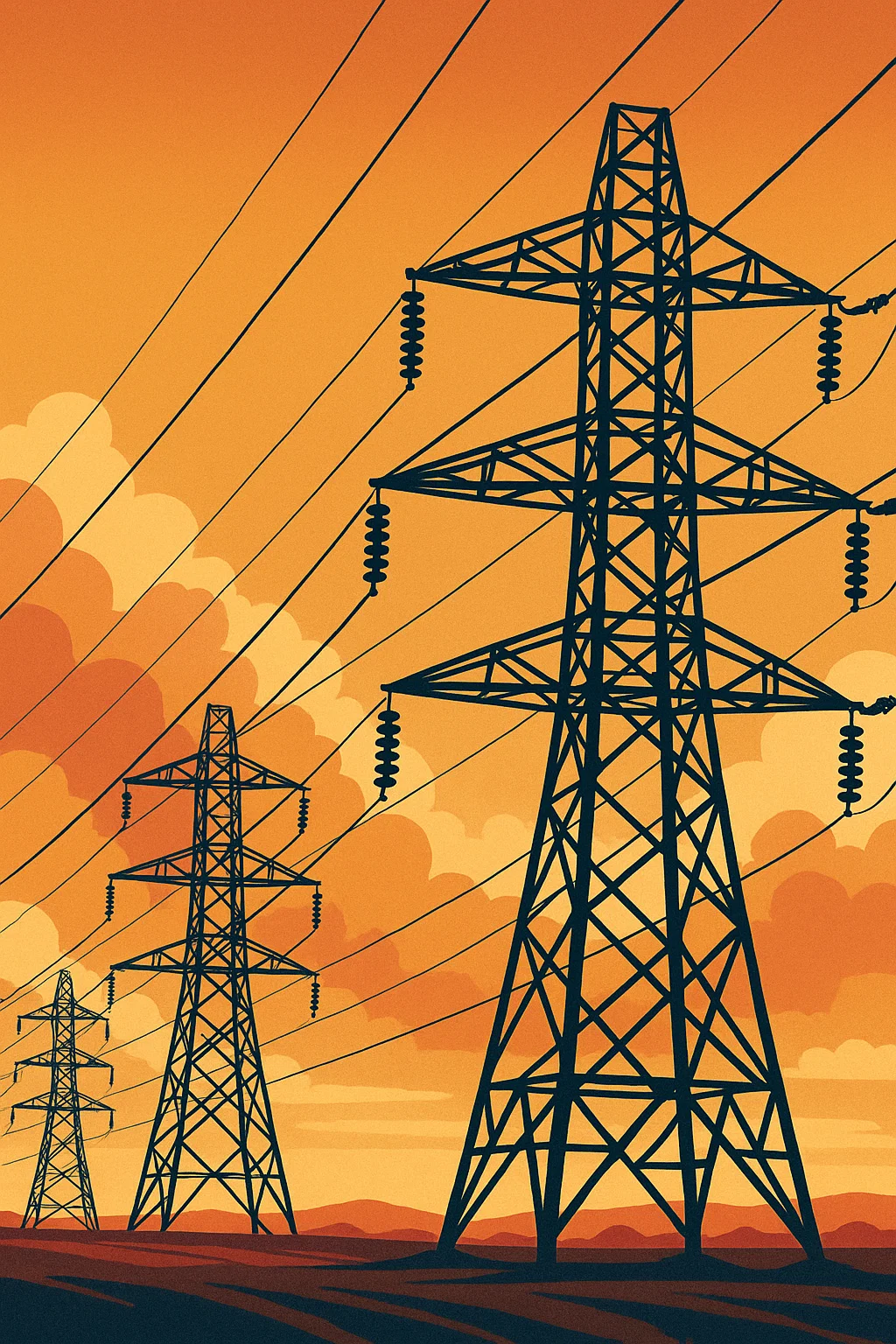Bestway Cement to Enter Auto Sector: Can It Compete with Big Brands?
Introduction
Bestway Cement’s plan to invest ~Rs 10 billion via a new subsidiary into Pakistan’s automobile market could arrive at a turning point. The automotive landscape is no longer dominated just by the traditional “Big Three” Japanese (Suzuki, Toyota, Honda). Korean and Chinese brands — Hyundai, Kia, Changan, Haval, Jaecoo, Omoda, etc. — are gaining significant ground. To assess Bestway’s chances, we need to see not only the opportunities but also how incumbents and newer players are performing now, and what gaps remain.
Status-Quo: Japanese Titans
Before assessing the challengers, here’s a snapshot of how the more established Japanese brands are doing:
- Suzuki remains the market king. In 2024, the market grew ~52% to ~123,982 unit sales; Suzuki accounted for ~64,259 units, a year-on-year increase of ~65%.
- Suzuki’s model Alto is still often the best-seller; its affordability, fuel-economy, extensive service network, and parts availability give it an edge.
- Toyota continues to hold strong, especially in sedans (Corolla, Yaris) and commercial / utility vehicles (Hilux). Though Toyota’s growth is less explosive compared to some newer entrants, it benefits from brand prestige, resale value, and wide acceptance.
- Honda, while not as large in volume as Suzuki and Toyota, still commands a premium segment with models like City, Civic. Its customers expect refinement, reliability, and higher resale. However, Honda’s growth rate (in recent years) is challenged by rising prices, competition, and shifting consumer preferences.
Challenges for the Japanese brands include: rising cost of parts/imports, regulatory burdens, fluctuating rupee rates, and competition from feature-rich but more aggressively priced Korean/Chinese models.
Newer Entrants: Chinese & Korean Brands Gaining Momentum
Recent years have seen rapid gains by non-Japanese brands.
Changan
- Master Changan Motors has risen fast: in June 2025, it sold ~1,950+ units and overtook Honda to become the 3rd largest car brand in that month.
- Key models like the Alsvin (small sedan) and Oshan X7 (SUV) are proving hits, offering more features at comparatively competitive prices.
Haval (via Sazgar Engineering Works)
- Haval has recorded strong monthly growth; for example, its Jolion (locally assembled) and H6 models are doing well. In one month, it posted its 3rd-highest sales since launch.
- Haval has even lowered prices recently, bucking the trend of general price hikes across brands. This suggests strong confidence in demand and an attempt to maintain or increase competitiveness.
Hyundai, Kia
- Hyundai (in partnership with Nishat) and Kia (via Lucky Motor Corporation) are increasing their range, refining localization, and pushing into SUV/crossover/utility segments. They benefit from strong brand recognition globally and are now more aggressively adapting to local preferences. Some customers are attracted by the Korean design + tech + after-sales improvements. (While exact numbers for these were a bit less detailed in sources, their upward momentum is clear in 2024-25 data).
EVs / Hybrids & Other Chinese Brands
- BYD is preparing to assemble EVs in Pakistan (2026), pointing to future growth in EV/plug-in hybrid segments.
- Jaecoo / Omoda (brands under Chery / NexGen Auto) have launched NEVs/hybrid models with features that appeal to younger, urban buyers. These models often boast safety features, infotainment, tech, and style that Japanese rivals may lag behind in.
Data Snapshot: Competition & Market Share Trends
Here are some notable statistics:
- In 2024, with market recovery, Suzuki had ~64,259 units, Toyota ~26,113, Honda ~15,413, Hyundai ~9,672. Haval sold ~8,239 units — growth of ~232.9%.
- Market share: Suzuki ~50-60%, Toyota ~20-25%, Honda ~10-15%, with rising share for new players.
- In monthly data: e.g. April 2025, the passenger car market had Suzuki ≈ 43-55% share, Toyota ~30%, Honda ~15-20% depending on month. Korean/Chinese brands combined making smaller but growing shares.
Why Bestway Might Be Very Interested
Given this competitive landscape, here are strategic reasons why Bestway Cement could see this as a good move:
- Gaps in Feature-for-Price Segments
Many consumers are moving away from purely basic models. There’s strong demand for SUVs / crossovers, safety features, hybrid tech, good infotainment, fuel economy, etc. New entrants are pushing this; Bestway could enter by targeting these unmet demand points. - Opportunity in Localization
Brands that succeed increasingly are those localizing production/assembly, parts, service networks. Bestway has industrial experience and capital that could allow it to invest in local parts, CKD processes, or even final assembly, thus reducing input/import cost vulnerabilities. - EV / Hybrid / NEV Trend
As seen, BYD and others are preparing for EV/hybrid models; government incentives (lower charges for EV, etc.) are being introduced. Bestway could aim ahead of curve in alternative power vehicles, gaining early mover advantage. - After-Sales & Trust Gap
Most newer entrants still lag Japanese incumbents in brand trust, resale value, spare parts & service network, especially in smaller cities. Bestway may invest here to differentiate: strong dealer & service network, easier spare parts logistics, warranties, etc. - Brand & Diversification Strategy
Bestway, already strong in heavy industry, may diversify risk away from cement, which is cyclical, linked to construction volumes, government spending, interest rates, etc. Auto sector, though capital-intensive, has potential scale and recurring revenue (sales + servicing + spares). - Pricing/Economic Windows
With changing regulations, fluctuating import duties, currency risks, there may be windows where input costs, land, labor are favorable; plus consumer pent-up demand for new cars. Bestway might time entry to take advantage.
Challenges & What Bestway Must Do Better
But entering this field won’t be easy. With the established players (Toyota, Suzuki, Honda) and rising non-Japanese competitors, Bestway must overcome:
- Brand Recognition — Japanese brands have decades of presence; trust in them is strong. New brands had to prove themselves; Bestway will need massive brand investment.
- Resale Value & Reliability Perception — Many consumers consider resale value a major factor. Used parts availability, reliability over time will matter heavily.
- After-Sales Service Network — Even Hyundai, Haval etc. are expanding but in many smaller cities service quality & parts availability are inconsistent. Bestway must invest in widespread dealership & service presence.
- Margins vs Pricing Pressure — Many newer entrants compete hard on price/features. Bestway may need to accept lower margins initially or find cost savings via localization, scale, supply chain efficiencies.
- Regulatory & Import Duty Risk — Government policies (on tariffs, CKD/CBU, EV incentives) can shift. Bestway will have to keep adapting.
- Capital Requirements & Technology Partners — To match feature-rich models (hybrid/EV, advanced safety, etc.), tech licensing, skilled workforce, R&D / adaptation to local conditions will be essential.
Conclusion
The Pakistani automobile market is evolving quickly. Suzuki, Toyota, and Honda still dominate in terms of market share, service networks, and brand reputation, but their dominance is under pressure from well-priced, feature-rich Korean and Chinese entrants.
Bestway Cement’s entry comes at a moment when consumers care more about value, features, design, hybrid electrics, service quality — not just badge recognition. If Bestway can leverage its industrial base, make smart partnerships, localize effectively, offer strong after-sales, and align with regulatory trends (e.g. EV), it has a real chance. But success will depend on execution, not just investment.
For Buzz Pakistan readers, this is a story worth following: Bestway may not be entering a blue ocean — but the ocean itself is expanding and its limits are being redrawn.




